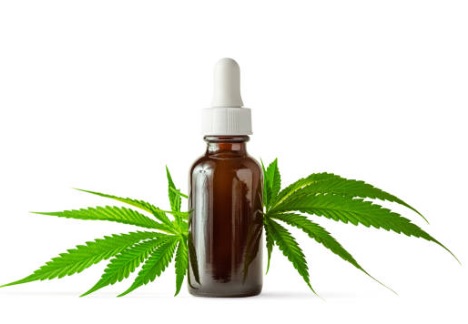Have you ever wondered how dispensaries manage to get cannabis into their stores? While growing and selling the product seems simple, the process is actually much more complicated.

This is different than CBD products. In this article we are talking about regular THC weed products.
Dispensaries have to follow strict guidelines to ensure that the products they stock are safe for consumers and compliant with state laws. The process of getting cannabis from cultivators to dispensaries is a lengthy one. Cultivators must first obtain a cultivation license from their state regulatory board, which involves abiding by specific state laws, regulations, permitting requirements, and zoning restrictions for the area they intend to cultivate in. They also need to file a lengthy application, submit any required fees, and provide proof of identity, corporate documents, industry experience, criminal history record, and anything else their state might require. Moreover, they must pass an inspection by a licensing authority. Cultivators must adhere to these regulations to get a license for cultivating cannabis. Whereas CBD creams salves and tinctures do not have to follow such rigorous tracking.
License
Once a cultivator has obtained a license, they can start growing cannabis. In some states, licensed distributors are required to physically move the cannabis from the cultivation site to the dispensary. In others, like Nevada, a seed-to-sale regulatory tracking system is used, which means that the plants are tracked from the growth stage to the eventual retail sale. In states like New York, cultivators are legally allowed to distribute their cannabis directly to the dispensaries, but only the flowers, not manufactured products like edibles, tinctures, or suppositories.
Before the cannabis can hit the shelves, the cultivator or manufacturer must ensure quality standards. Each product must be tested by a third-party laboratory before being accepted by a licensed dispensary. Once the cannabis has passed state testing requirements, it can be accepted and sold.
Packaging
When it comes to packaging, sustainable materials like biodegradable bags made from hemp are being used. Finished product packaging such as child-resistant containers and bottles can be reused or recycled by consumers. Labeling requirements are also set up to ensure that customers know exactly what they’re purchasing before making a decision, allowing them to select a product that suits their needs.
Transporting cannabis across state lines is strictly prohibited because cannabis is still listed as a Schedule I drug on the federal level. There are current efforts underway to change this policy, but until then, transporting any products across state lines is illegal.
Track and trace systems are becoming increasingly important in the industry due to their capabilities of seed-to-sale traceability and quality assurance. This is initiated by the state government to help reduce illegal trade. A seed-to-sale tracking system logs all activity of a product’s journey from its start as a seed in the ground to when it reaches its final retail owner for sale. With high security measures and accurate record-keeping, cannabis tracking systems are essential in recreational states throughout the U.S.
Given the rigorous process involved from seed-to-sale, it’s safe to assume that cannabis products sold at licensed dispensaries meet state safety standards and are approved for consumption. Always buy cannabis from a legal source to ensure that your product is safe and tested.
